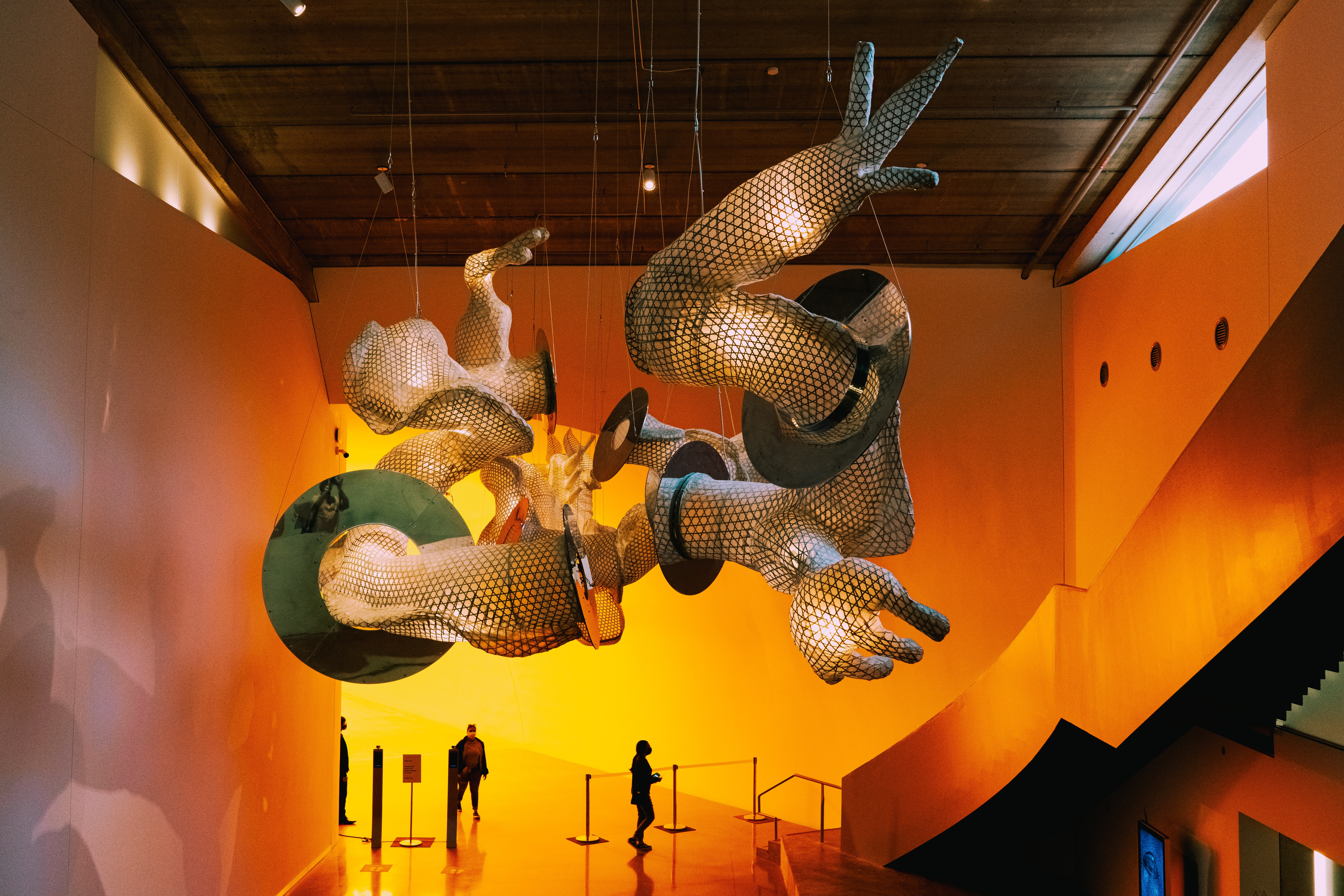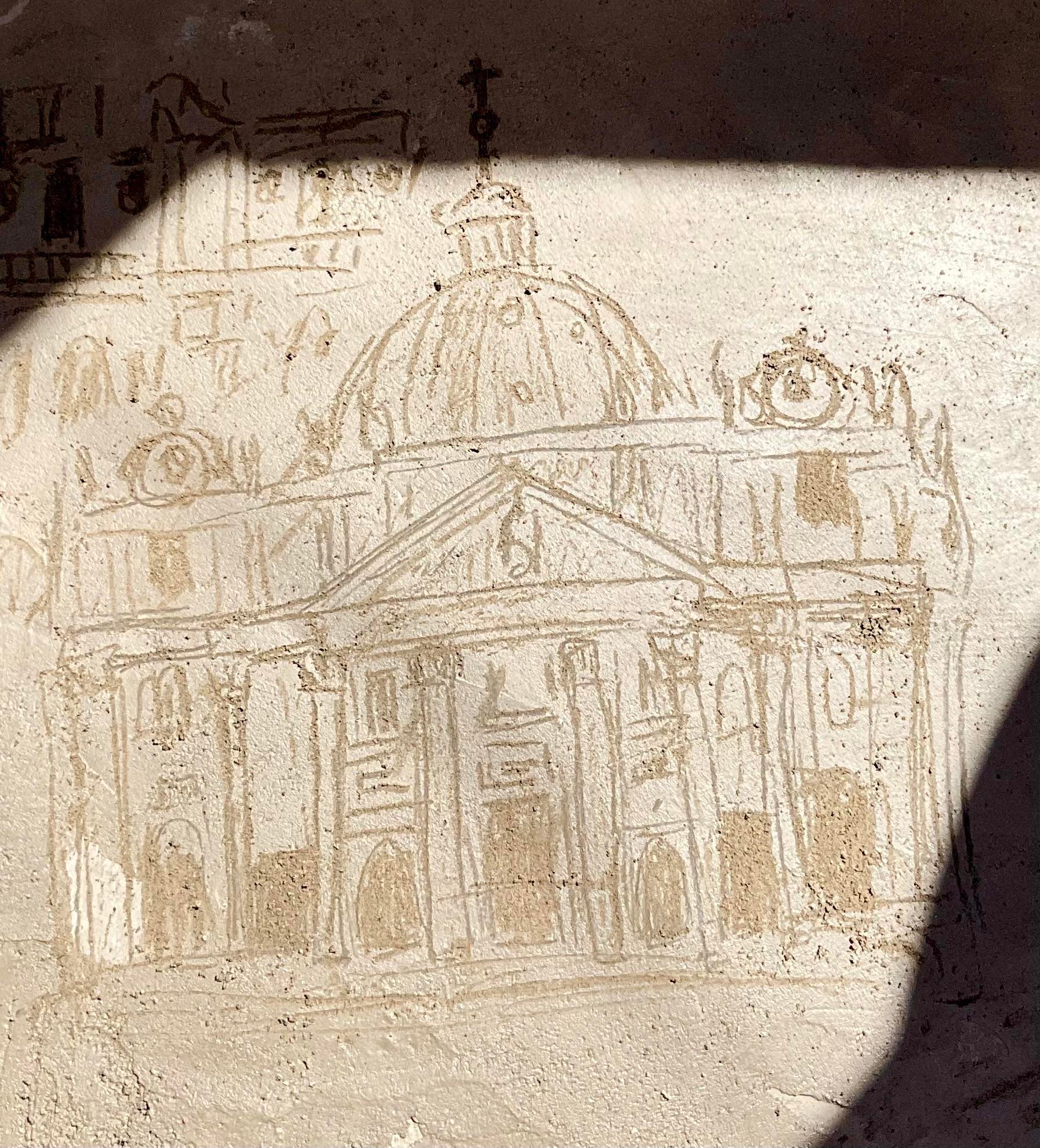About Us and What We Did For This Project
Installation Art
Installations usually take up a complete room or gallery space, requiring the viewer to walk through it in order to interact fully with the artwork. It is sometimes called “environments.” Yet, some of these pieces of art are only meant to be viewed from a doorway or one side of a room since they are too fragile to be viewed from any other location.

Image taken by Adrian N at the Museum of Fine Arts at Houston, Texas
History:
The development of installations has grown to be significant in modern art since the 1960s. From the early 1990s, when the crash of the art market in the late 1980s led to a resurgence of interest in conceptual art practices, art focused on ideas rather than objects became more prevalent.
Installation art is fundamentally reliant on mixed media, light, and sound. Since installation artworks are always made for unified, cohesive experiences, it differs from sculpture and other traditional art practices, which are more of a collection of separate, individual works of art.
Our Art Practice
However, as our group lacks the proper resources to create physical installation sets, we instead used the aforementioned art practice as a basis for our own:
Our chosen art practice is art focused on structure and place.
This practice was very loosely defined, drawing on various practices such as installation art and architecture. We employed a variety of media, from Minecraft to digital illustration, in order to communicate a sense of place in accordance with our theme of growing up queer in an all-girls' Catholic school. What all the artworks had in common was a keen focus on the setting as a crucial part of the artwork: not merely incidental as a background, but the focus of the scene.

Art by C. Russegger, depicting a church carved into concrete